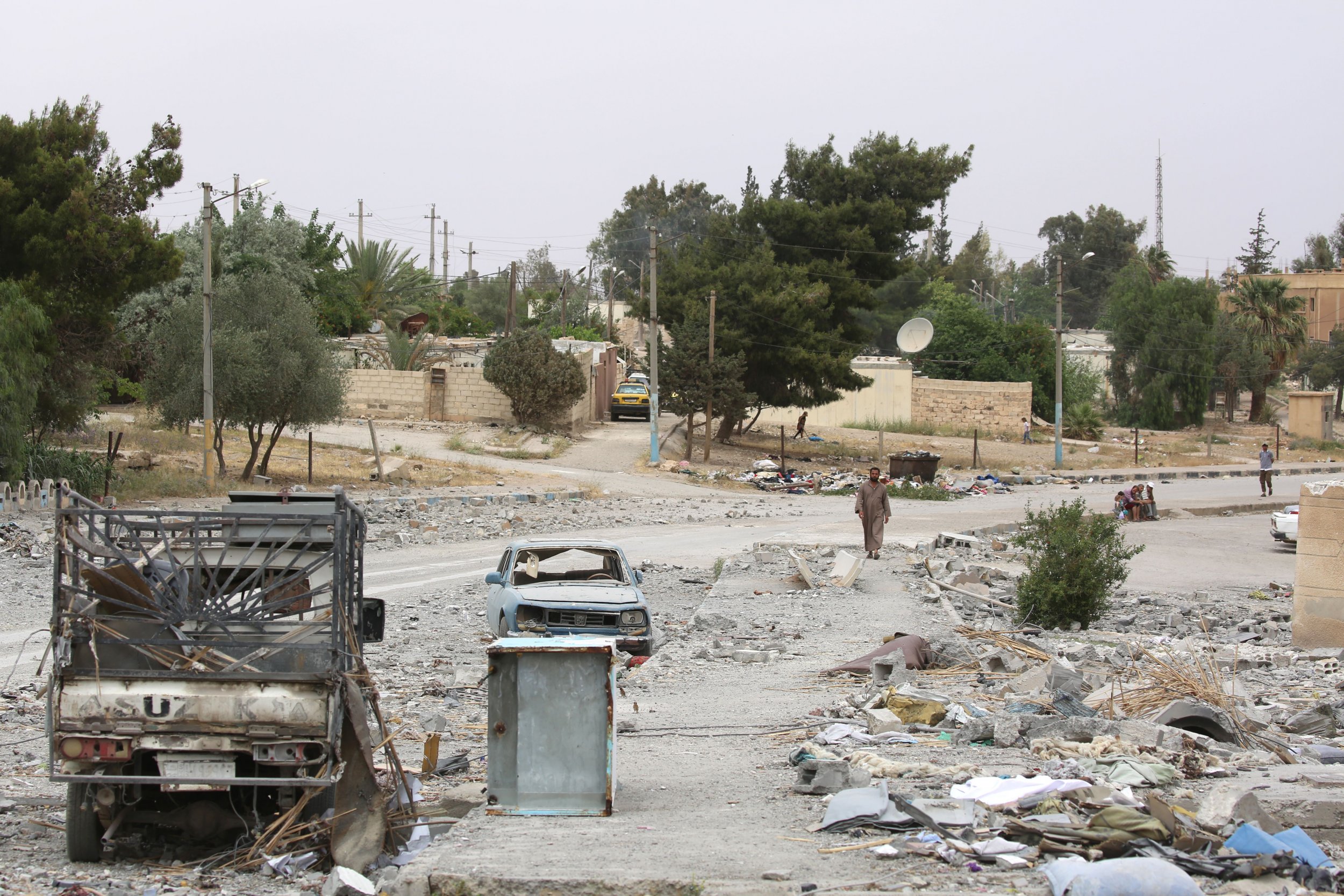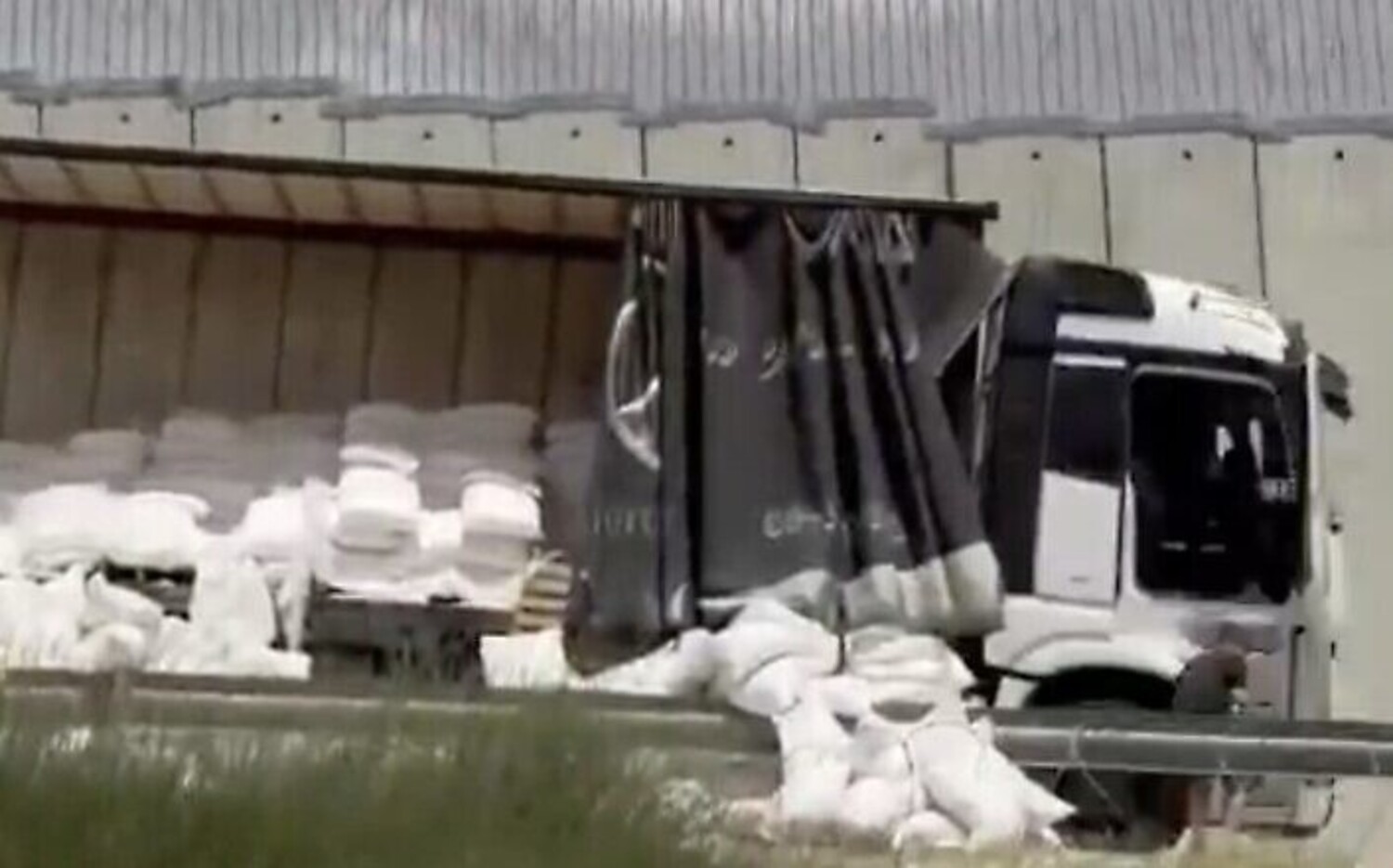
This article first appeared on the Just Security site.
Officials with the Combined Joint Task Force Operation Inherent Resolve (the coalition task force organized to defeat ISIS in Syria and Iraq) have now confirmed that U.S.-led forces hit a convoy carrying pro-Syrian government forces advancing inside a deconfliction zone inside Syria.
The convoy was reportedly traveling toward the al-Tanf military base used by U.S. coalition forces to train anti-ISIS fighters.
U.S. and coalition officials assert that the Russians "apparently" attempted to dissuade the convoy from entering the area, that they first fired warning shots and deployed two US aircraft as a show of force and only struck the convoy after it failed to heed the warning, as a means of protecting U.S. and coalition forces.
United States officials assert that this does not indicate a change in policy. Rather, the strike was a proportionate response done for purposes of force protection—an act of self-defense in an effort to protect U.S. forces.
This is, on its face, quite plausible. And, if accurate, lawful as a matter of both international and domestic law.
Related: Are Trump and Tillerson Letting Syria's Assad Off the Hook?
Of course, the facts are still murky. More needs to be known about basic things like the proximity of the convoy to the base, the availability of other intermediate steps, the risk posed and the degree of force used in order to assess whether this was a lawful act of self-defense.
(The fact that the convoy was still reportedly some 18 miles away from the base raises at least some questions about the imminence of the threat; conversely, the United States is not required to wait until things escalate so much that it's simply too late.)
But it is also true that the United States can—and should—take steps, including the use of lethal force if necessary and proportionate, to protect its nationals and other coalition forces in the region. And that this does not require Congressional authorization—or UN approval—in order to be lawful as a matter of domestic and international law.
That said, there is no doubt that strikes like this risk exacerbating tensions in the region and further escalation. And placing US troops on the ground—even if they are not in a combat mission role—creates precisely the precondition for this kind of escalation. (After all, if the troops weren't there, there wouldn't be anyone to defend.)
The recent deployment of US Army Rangers to northern Syria—reportedly in an effort to deter Turkish aggression against Kurds fighting ISIS—poses the same type of risks. As do ongoing training missions in Kurdish controlled territory in Syria.
Related: How the West Can Press Putin to Keep Assad in Order
To be clear, I am not saying we shouldn't place training forces on the ground. But I am saying that there are over-the-horizon risks that need to be part of the calculus, as today's developments make clear.
These deployments can serve a critically important function. But the simple assumption that "no ground troops" means no risk is not the case.
And in the interim, there are a long list of questions about this specific attack that still need to be answered. (Ryan Goodman also asks a very good list of questions here.)
- Why did the convoy proceed, despite the apparent Russian warning?
- How much coordination is there between "pro-regime" forces and government forces?
- Were these forces acting at the behest of the Assad regime?
- Were they acting with the knowledge of the Assad regime?
- How close was the convoy and how much of a risk did it pose at the point in time it was attacked?
- What are the U.S. rules of engagement with respect to force protection, particularly with respect to questions of imminence and proportionality of response?
- What are the agreed-upon rules with respect to the deconfliction zone?
Hopefully, we will learn more in the coming days. . .
Jennifer Daskal is an Associate Professor at American University Washington College of Law.
Uncommon Knowledge
Newsweek is committed to challenging conventional wisdom and finding connections in the search for common ground.
Newsweek is committed to challenging conventional wisdom and finding connections in the search for common ground.
About the writer
To read how Newsweek uses AI as a newsroom tool, Click here.





